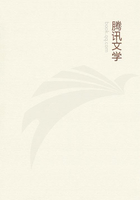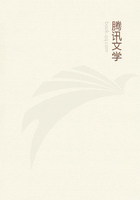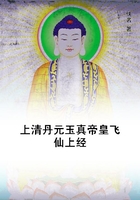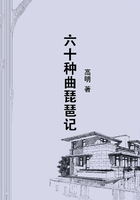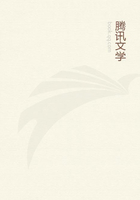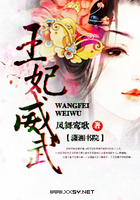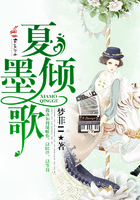ABSORBING POWERS OF BLOTTING PAPER.--Comparative tests as to absorbing powers of blotting can be made between sheets of same weight per ream by allowing the pointed corner of a sheet to touch the surface of a drop of ink. Repeat with each sheet to be tested, and compare the height in each to which the ink has been absorbed. A well-made blotting paper should have little or no free fibre dust to fill with ink and smear the paper.
TEST FOR GROUND WOOD.--Make a streak across the paper with a solution of aniline sulphate or with concentrated nitric acid; the first will turn ground wood yellow, the second will turn it brown. I give aniline sulphate the preference, as nitric acid acts upon unbleached sulphite, if present in the paper, the same as it acts upon ground wood, viz., turning it brown.
Phloroglucin gives a rose-red stain on paper containing (sulphite) wood pulp, after the specimen has been previously treated with a weak solution of hydrochloric acid.
About the end of the eighteenth century it became necessary to make special papers denominated "safety paper." Their manufacture has continued until the present day although much limited, largely because of the employment of mechanical devices which seek to safety monetary instruments. Such safety papers are of several kinds.
1. Paper made with distinguishing marks to indicate proprietorship, as with the Bank of England water mark, to imitate which is a felony. Or the paper of the United States currency, which has silk fibers united with the pulp, the imitation of which is a felony.
2. Paper made with layers or materials which are disturbed by erasure or chemical discharge of written or printed contents, so as to prevent fraudulent tampering.
3. Paper made of peculiar materials or color, to prevent copying by photographic means.
A number of processes may be cited:
One kind is made of a pulp tinged with a stain easily affected by chlorine, acids, or alkalis, and is made into sheets as usual.
Water marks made by wires twined among the meshes of the wire cloth on which the paper is made.
Threads embodied in the web of the paper.
Colored threads systematically arranged were formerly used in England for post-office envelopes and exchequer bills.
Silken fibers mixed with the pulp or dusted upon it in process of formation, as used in the United States currency.
Tigere, 1817, treated the pulp of the paper, previous to sizing, with a solution of prussiate of potash.
Sir Win. Congreve, 1819, prepared a colored layer of pulp in combination with white layers, also by printing upon one sheet and covering it with an outer layer, either plain or water-marked.
Glynn and Appel, 1821, mixed a copper salt in the pulp and afterward added an alkali or alkaline salt to produce a copious precipitate. The pulp was then washed and made into paper and thereafter dipped in a saponaceous compound.
Stevenson, 1837, incorporated into paper a metallic base such as manganese, and a neutral compound like prussiate of potash, to protect writing from being tampered with.
Varnham, 1845, invented a paper consisting of a white sheet or surface on one or both sides of a colored sheet.
Stones, 1851. An iodide or bromide in connection with ferrocyanide of potassium and starch combined with the pulp.
Johnson, 1853, employed the rough and irregular surface produced by the fracture of cast iron or other brittle metal to form a water mark for paper by taking an impression therefrom on soft metal, gutta-percha, etc., and afterward transferring it to the wire cloth on which the paper is made.
Scoutteten, 1853, treated paper with caoutchoue dissolved in bisulphide of carbon, in order to render it impermeable and to prevent erasures or chemical action.
Ross, 1854, invented water-lining or printing the denomination of the note in colors while the pulp was yet soft.
Evans, 1854, commingled a lace or open-work fabric in the pulp.
Courboulay, 1856, mixed the pulp and applied to the paper salts of iodine or bromine.
Loubatieres, 1857, manufactured paper in layers, any or all of which might be colored, or have impressions or conspicuous marks for preventing forgery.
Herapath, 1858, saturated paper during or after its manufacture with a solution of a ferrocyanide, a ferriccyanide, or sulphocyanide of potassium, sodium, or ammonium.
Seys and Brewer, 1858, applied aqueous solutions of ferrocyanide of potassium or other salts, which formed an indelible compound with the ferruginous base of writing ink.
Sparre, 1859, utilized opaque matter, such as prussian blue, white or red lead, insoluble in water and stenciled on one layer of the paper web, forming a regular pattern; this was then covered by a second layer of paper.
Moss, 1859, invented a coloring matter prepared from burned china or other clay, oxide of chromium or sulphur, and combined it with the pulp.
Barclay, 1859, incorporated with the paper:
1. Soluble ferrocyanides, ferricyanides, and sulphocyanides of various metals, by forming dibasic salts with potassium, sodium, or ammonium, in conjunction with vegetable, animal, or metallic coloring matters.
2. Salts of manganese, lead, or nickel not containing ferrocyanogen.
3. Ferrocyanides, etc., of potassium, sodium, and ammonium, in conjunction with insoluble salts of manganese, lead, or nickel.
Hooper, 1860. Employed oxides of iron, either alone or dissolved in an acid, and mixed with the pulp.
Nissen, 1860. Treated paper with a preparation of iron, together with ammonia, prussiate of potash and chlorine, while in the pulp or being sized.

